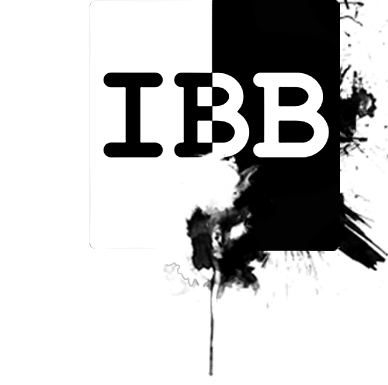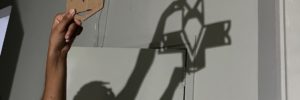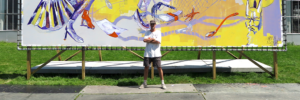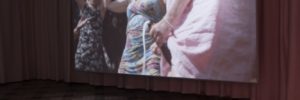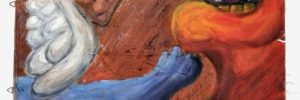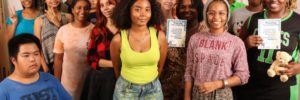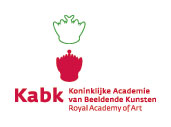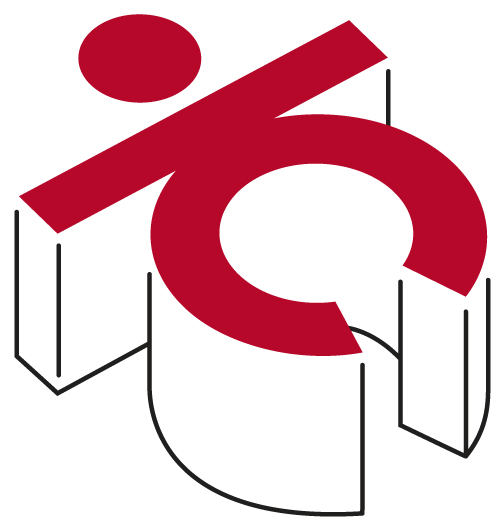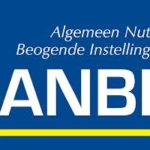30 Jun 2011 | 2,733 views
I am back in Amsterdam and I refuse to unpack my suitcases. As if it kept me closer to Curaçao, unwilling to let it go just yet… Also, when I close my eyes I can not only see but feel and relive vividly my recent routine activities: moving through the house, sitting in my atelier, working in the garden of IBB, driving the car and passing by the greenery along the roads to the west of the island… My way of living for the last three months suited me well and became so natural to me that I still see the colours, hear the voices, smell the odours and feel the spaces.
I had a really good time at Instituto Buena Bista on Curaçao, I value my stay very much for its experiences, inspirations, lessons and productivity.
Curaçao as an island and society is much more interesting and complex than I initially imagined. Even though I live in Amsterdam for the last 14 years, my knowledge of the Dutch colonial past and the consequencies of it was minimal. In the first weeks after my arrival on Curaçao I was shocked of how Dutch the place and the society felt, despite of its obvious differences. Carribean resemblance but Dutch soul, I thought. The colonization, which I considered to be a thing of the past, was still present, demonstrating itself everyday. Its aftertaste keeps dividing people in groups and making some issues unresolvable, turning around in circles. It is obviously standing in the way of the further developments of the island, splitting it into even smaller islands; in some ways being legitimately accused for paralysing of Curaçao, in other ways used as an excuse hanging onto the roll of the victim and not taking own responsibility.
As I have said – a complex situation for geographically such a small place. And the complexity just kept unraveling itself with the time passing, with me seeing and experiencing more and talking to different people who each had very own opinions about the history and the present. I happily realized that the spirit of the island was not so Dutch after all but simply had its own intriquing, charming and also less charming, characteristics.
I always find it so interesting how the way the society is reflects in the way of how the cities, streets, houses, spaces are built and used. This interest forms the red line of my work. On Curaçao I very much enjoyed the absence of the rules that allows the creativity with which people fill in their living environment by building very own additions to their houses, verandas, fences, garden huts. I think due to the climate and probably availability, there are certain materials that are being repeatedly used by everybody – wooden and plastic lattices, decorative building bricks, metal fencing and bars, wooden shutters. They can be seen all over the island and create strong visual architectural language, resulting in open airy structures that fluently connect inside spaces with outside spaces. The nice contradiction to the visual openness is that the built constructions are mostly used to frame, separate and close off the spaces, mostly the private ones from the public ones.
My own (temporary) atelier at Instituto Buena Bista, the heart of my being on Curaçao, was nothing but an exemplary confirmation of my observations. A white square room, seemingly a separated interior but connected with the outside by two shuttered windows, two doors and part of the wall made of half-open decorative bricks. Instituto Buena Bista is situated in a L-formed wing of the Klinika Capriles. Inside spaces flow into outdoor veranda galleries shadowed by roof. These galleries then overflow into garden that completes the L-form into square. The garden is closed within high walls. Instituto Buena Bista is closed within Klinika Capriles. Within the city. Within the island.
My spatial and social observations, research and experiences resulted in two site-specific installations/architectural sculptures.
In my atelier I realized the temporary sculpture ‘In a white room’. Over the ceiling fan in the middle I hanged a square wire grid, its form derived from the pattern of the ceiling panels. The square misformed itself under its own weight, creating a new shape. Around the edges of this shape I hanged cut-outs from white paper, my representation of the five shuttered key elements of that room. The whole (room) was turning around slowly with the movement of the ventilation fan.
On your next visit to Instituto Buena Bista, you can walk to the garden to experience my permanent sculpture ‘Open enclosure’. On the concrete platform, a remains from the past, I have built a garden pavilion. Placed on the wind as it used to be a habit on Curaçao, the structure consists of various characteristic building materials – second-hand wooden shutters, lattices, metal fencing, decorative bricks. The wall folds across the concrete platform creating niches in its bends, then folding even more to form an interior space and then another one, enclosing the visitors within. In one of the folds there is a confessionary. Then a shuttered land house. An altar. A prison. And even more (personal) experiences and associations to be found, fragments of the island, a condensed Curaçao.
Even the process of realizing of this work in itself was for me a compressed experience of the whole island, so many people took part and made it possible for the work to happen. Some with sponsoring of the materials, such as the building company of Hans Schelling and the carpenter Chiki. Others with taking part on the building – such as the excellent welding specialist Perosito Martha and my great assistant, one of the IBB students, Harley Davelaar. Being a visitor, none of this would be possible without an ‘insider’ who knew where to find all the right people and the right materials – my many thanks for this to Tirzo Martha. Every single staff member of IBB – David, Nancy, Cisca, Derika, Omar – contributed to the work and almost every single student as well, in one way of another. It was a real joined effort, increasing the value of the process and of the work itself.
My initial motivation for applying for the residence at Instituto Buena Bista was to create an opportunity to reflect on my way of working, and instead of working from idea, concentrate more on the sculptural aspects – experiment with form and leaving space in the process for spontaneous decisions and actions. I chose to undergo this step in my development at IBB because I knew that in the company of David Bade, Tirzo Martha and Nancy Hoffman I would get just the right support. I did not know how the students of IBB where and as it turned out they were also the very best and inspiring company to help me focus on the process of making – in fact, it was their strong point.
In order to stimulate and enrich them back, I decided to focus my workshop on the very opposite: on thorough research followed by developing an artwork step by step. The students chose an inspiring place, special to them. They had to look well and get aware of the very details of this place: colours, shapes, lines, shadows, light fall. Also, they had to look deeper into the background of the place, the history and stories associated with it. From these observations they proposed three sculptures made especially for the specific location. The working process involved making drawings, maquette, models. The students worked out the proposal of their choice into a detailed scale model and afterwards in the Photoshop placed a photo of it into the photo of the location self. As good as real! The results wer presented at IBB but also at the Souvenir festival Aruba.
I was impressed by the boys, by their ability to improvise and build forms/sculptures/models from various materials found at IBB within a no time. Many of them combine studying or earning money with afternoons at IBB where they are at very young age, focused and passionate, preparing their portfolios for studying at art schools in the Netherlands. And, even if they do not have a lot of knowledge yet of the art world, their enthusiasm, approach and hard work, and their talent, freshness and self-will carry the promise of a whole new generation of inspiring Curaçao artists that I will be curiously waiting for.
Lucia Luptáková
